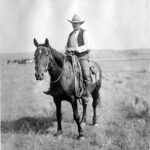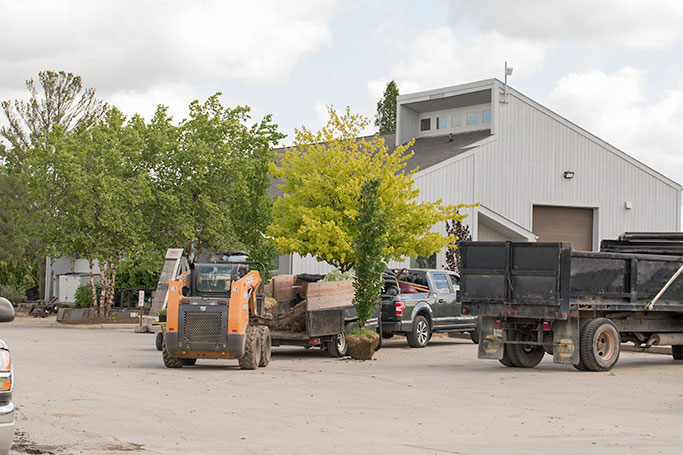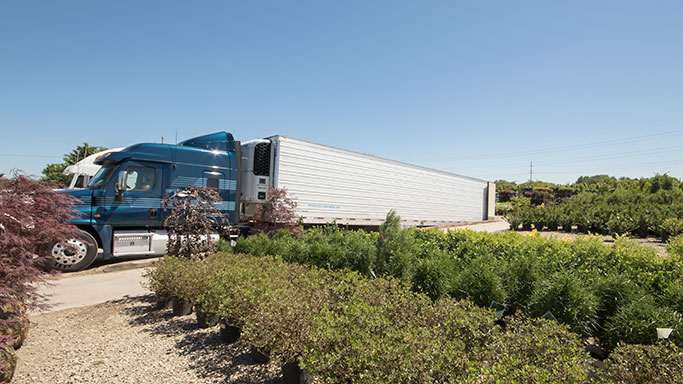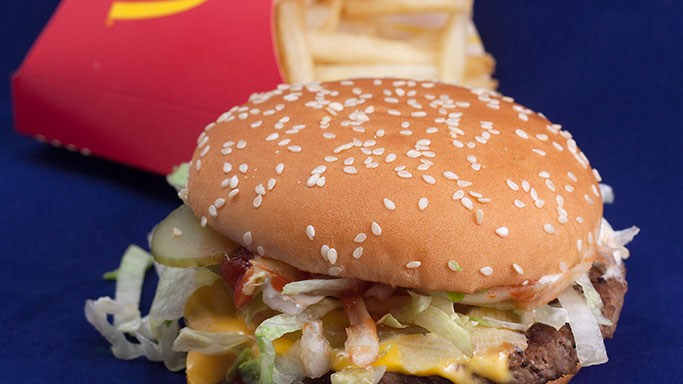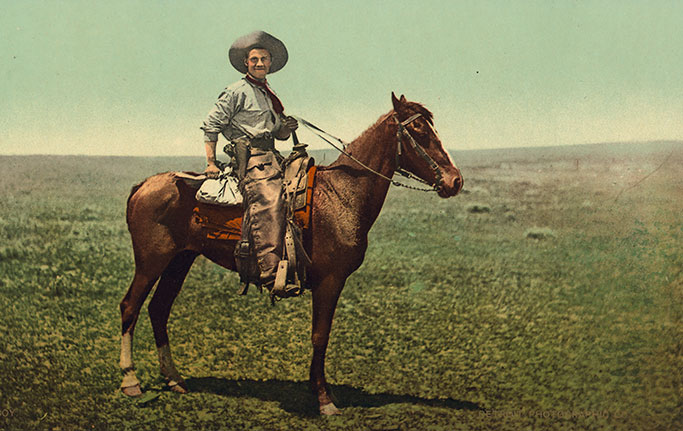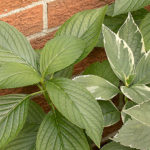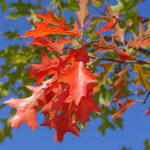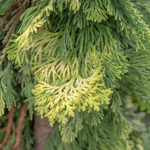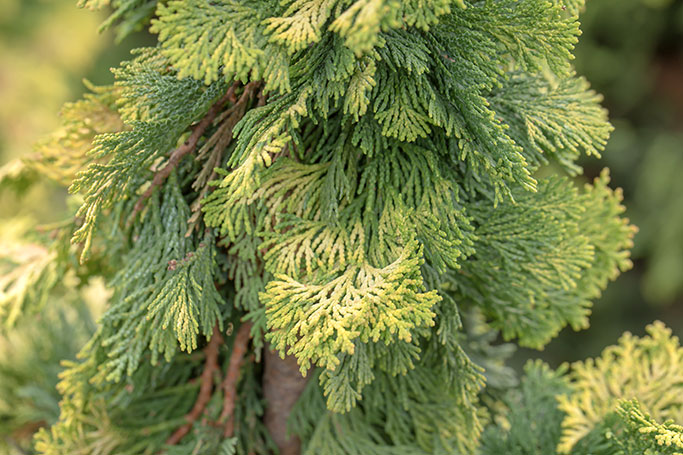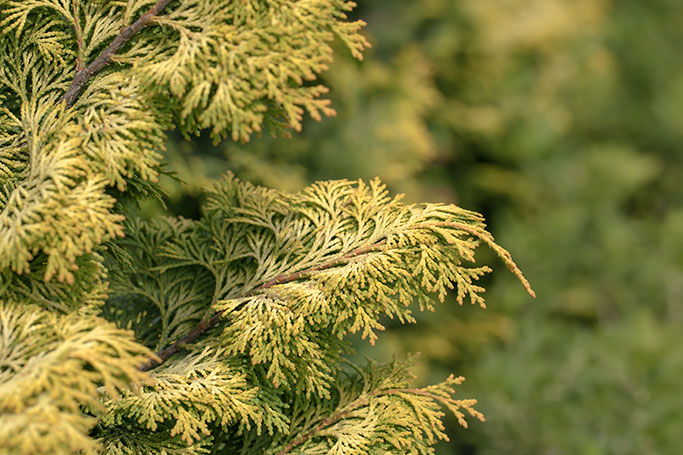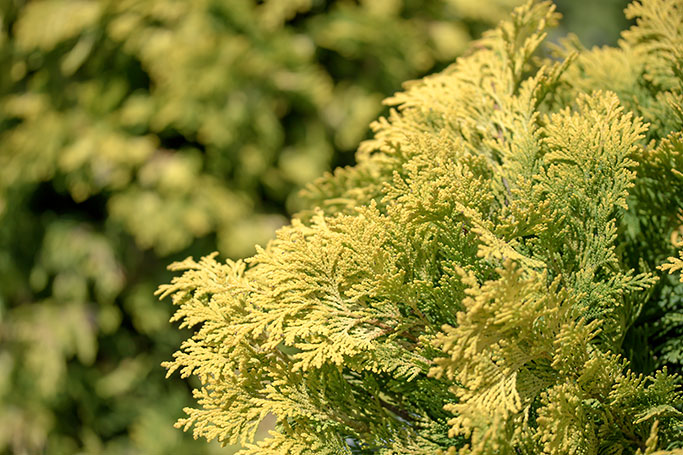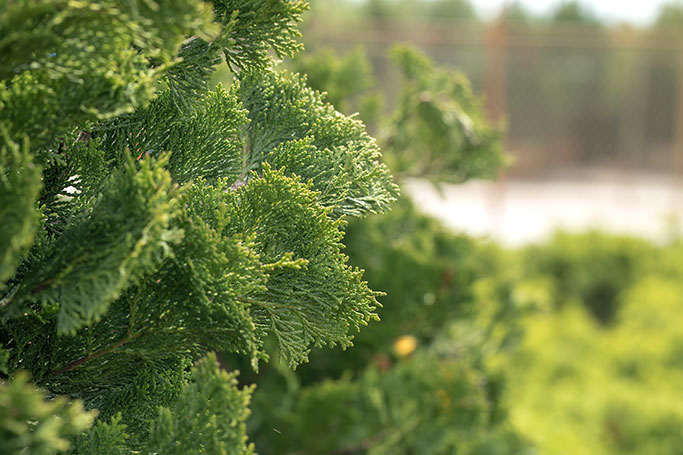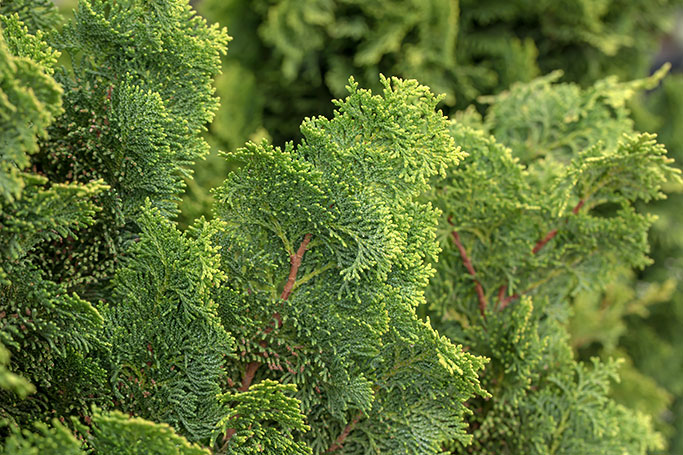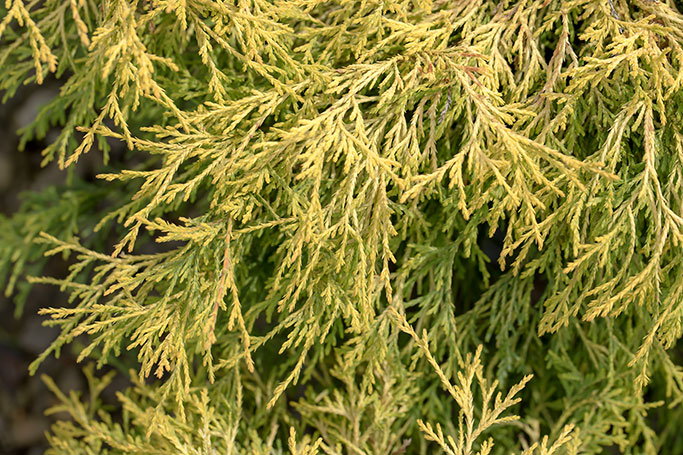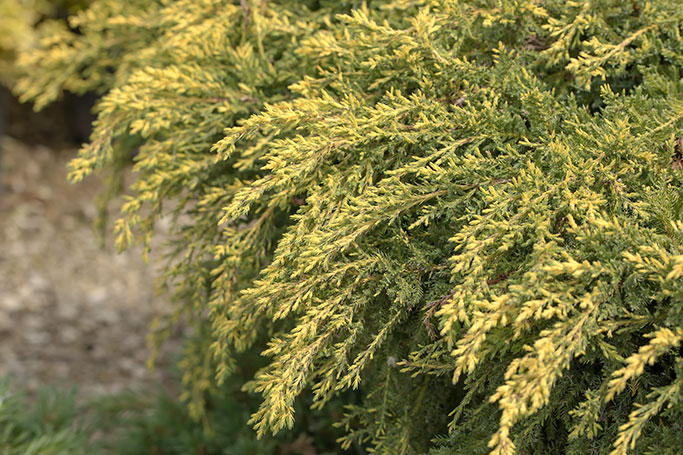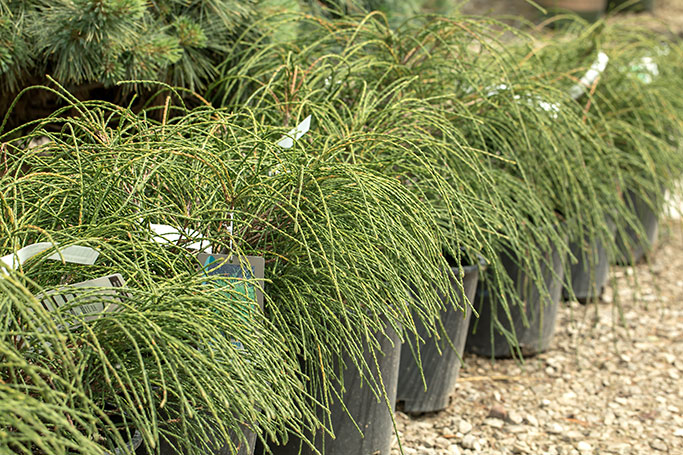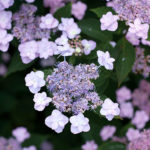Commercial Projects are my beat here at Christensen’s Plant Center. I spend each day advising and developing relationships with project managers, landscape architects and estimators on upcoming projects. The last two seasons have been extremely disruptive for commercial work. Many projects were delayed, abandoned, or just in limbo. Work dried up to a trickle, but, as the economy opened up, so did the project pipeline.
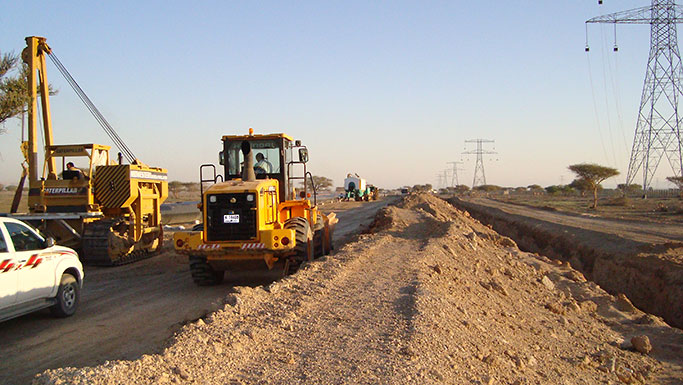
You can get your company into the pipeline in two different ways. Many commercial projects come through the bid letting sites, such as Dodge, BidNet (MITN), and MDOT. These are great sites to start your journey. Some are free, others charge, but each can be a beneficial resource when you’re looking.

Many projects are awarded based on relationships and connections. Project and construction managers are extremely loyal and protective of their teams. Commercial jobs can be demanding. Weather, change orders, and delays are all routine. Your team’s ability to respond and perform will earn you that loyalty. When you build these relationships, you will never lack for opportunities. I know project teams that have worked together for years.
What type of projects work for your company? Many times, project failure is just a mismatch of landscape contractor and the type of work involved. Large projects lasting many years have longer payment cycles that may not work for you and your suppliers. New construction, weather delays, inspections and approvals are all considerations and potential headaches. After you have been successful, and figured out “your type”, that should be your focus for the future.
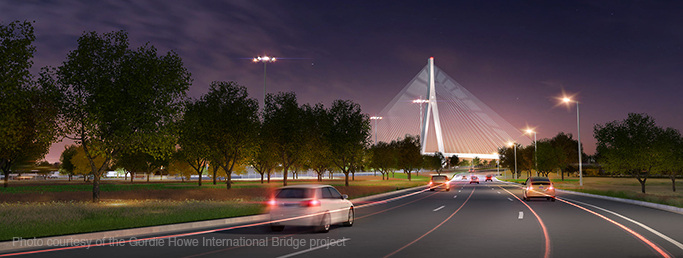
The Gordie Howe International Bridge project is huge with thousands of plantings to be installed - how many companies can handle that scope of project, or even want to? This was never more apparent to me than this spring when I delivered some wetland plants to one of our contractors on Lake St. Clair. He was in a wetsuit, on a very nasty day, working in the water! He had his entire team in wetsuits. Now that’s a company that has found their niche and never will lack for project work. They can probably pick and choose what they want to work on. What a competitive advantage for them!

Focus your efforts on finding your projects. Build relationships with construction and project managers that specialize in your type of projects and sell your passion! Develop your team to earn more profitable projects and work on your type of projects. Don’t waste your time chasing the ones that won’t work. All projects are not created equal, so focus and discipline is required.

If I can ever assist you in developing your Project Team, let me know. The next few seasons will be like drinking out of a fire hose. The projects are going to come at us so fast and furious, we will look back at last year as the good old days. The supply chain shortages will sort out over the next few years, but last year is a taste of what’s coming. The disruption while challenging, also creates opportunities for you and your team. Start developing your Project Pipeline today. Build relationships that will keep your Pipeline full. Focus on your projects, and turn that fire hose into a drinking fountain!


